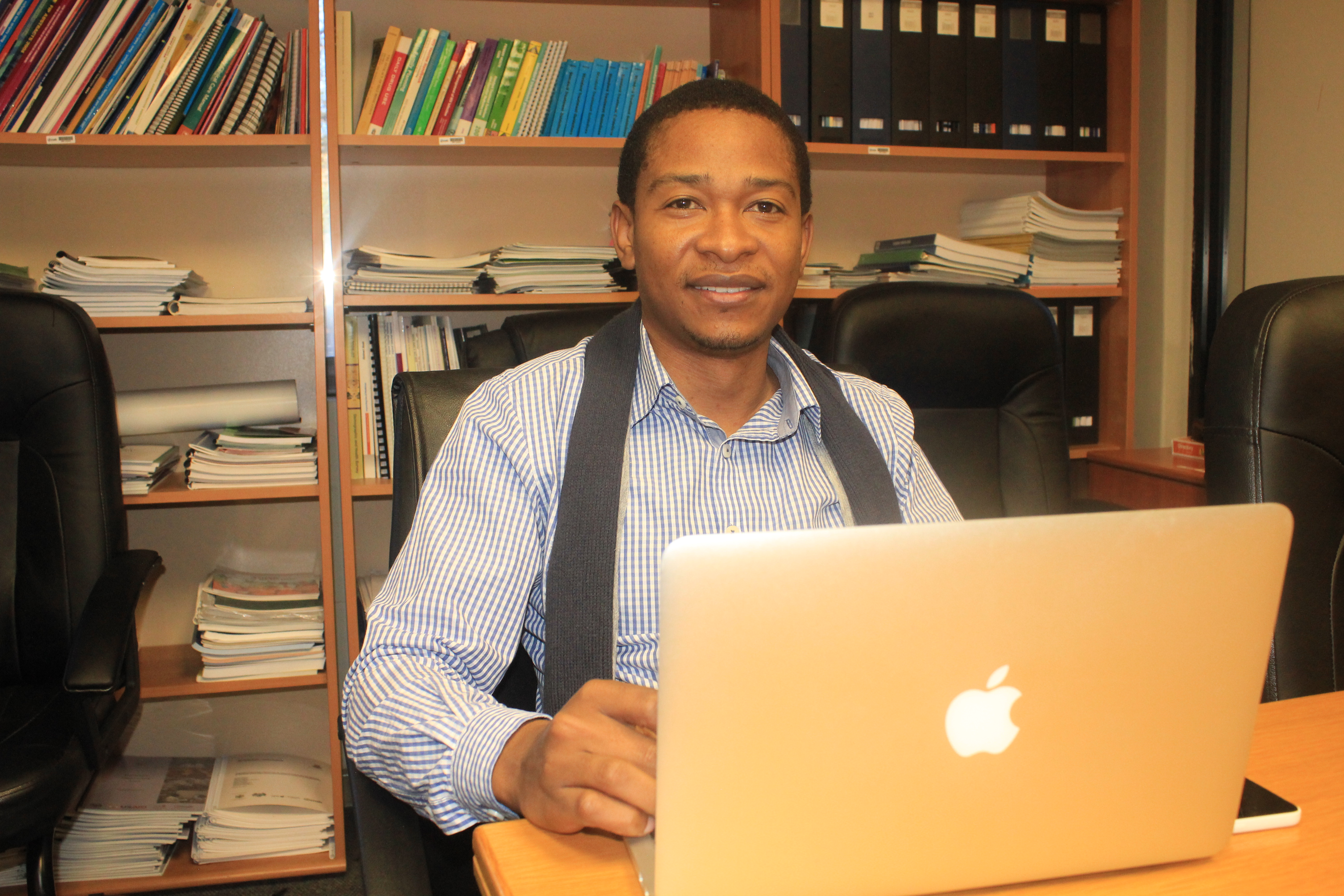A Q&A with Greatjoy Mazibuko, SIAPS Senior Technical Manager in Namibia

You’re working in Namibia, which has one of the highest prevalence rates of HIV in the world. How does this affect life in the country?
The prevalence of HIV infection stood at 17.2% in 2016, which is relatively high for sub-Saharan Africa, but it’s worth noting that this represents a decline from around 19.9% in 2006.* HIV/AIDS has had an impact on almost everyone in the country, even those who are not infected with the virus have to cope with supporting infected relatives and friends. However, Namibia’s HIV prevalence is stabilizing with a slow yet sustained decrease over the years. The country has done a lot to fight HIV/AIDS infections including efforts to decrease the number of new cases. ART coverage stood at over 80% by March 2012**, which is excellent by regional and global standards. Namibia benefitted immensely as a country from the U.S. President’s Emergency Plan for AIDS Relief (PEPFAR), which opened funding and provision of technical expertise to assist the efforts of the Government of the Republic of Namibia in fighting the spread of HIV/AIDS. A lot of initiatives also implemented by the Government of the Republic of Namibia and other agencies and partners have turned HIV infection, in the eyes of a common person, from a death sentence to one of hope and living a normal life.
What are some of the unique challenges Namibia faces in accessing health services, and what interventions have helped?
Namibia is a vast country, but with a relatively small population, therefore health facilities can be hard to access. After reaching a facility, clients can potentially spend a lot of time in a crowded clinic; and may spend the whole day to be seen by a health care worker and get medicines. SIAPS helped set up an Electronic Dispensing Tool for antiretroviral medicines so that patient and stock data is more easily accessible and visits could be managed more efficiently. This has led to the reduction in patient waiting time at ART pharmacies. As patients became stable, ART pharmacies started dispensing multi-month dosages of ARVs. This has helped to reduce the frequency of patient visits to ART facilities, thus reducing congestion. In addition, to improve medication adherence and help ensure patients get refills on time, SIAPS implemented an SMS reminder system for reminding patients to fulfill the appointments with the ART clinic. The government is also trying to bring services closer to the people with mobile health teams of doctors, nurses, pharmacists, and counselors.
How big an issue is the availability of and access to safe, quality ART medicines for fighting HIV/AIDS in low- and middle-income countries? How does your work address that?
The WHO defines access as the availability of affordable medicines on a continuous basis. As the number of people getting ARV treatments started to increase in Namibia, there was a heavy impact on its health budget. By focusing our interventions on various elements of pharmaceutical management, Namibia has ensured that safe and quality ART medicines are available and accessible to Namibians who need treatment.
It’s also important that people know how to take medication properly. We have helped strengthen rational use of medicines through the development of standard treatment guidelines (STGs) for managing common illnesses as well as providing guidance in the development of Namibian HIV treatment guidelines. That’s a particular passion of mine. The development of the STGs started as early as 2008 with Strengthening Pharmaceutical Systems (SPS), a predecessor project to SIAPS. We have also helped in reviewing evidence to select medicines for inclusion on the national essential medicines list.
We have worked closely with the Ministry of Health to make policies that ensure medicines are of good quality, safe, and effective; we’ve done a lot of work on safety surveillance, in particular post-marketing product testing with the quality surveillance laboratory at the ministry. We have also developed the annual indicator-based HIV early warning surveillance system for HIV drug resistance.
Is this work scalable to other countries?
Most of our activities have achieved significant results and sustainability in Namibia. Some of the approaches we have used have been adapted by other SIAPS-supported countries that are implementing the same activities. In Swaziland, for example, the process for developing and monitoring use of the standard treatment guidelines and essential medicines list closely follows Namibia’s approach. South Africa is setting up an indicator-based HIV-DR early warning system based on the surveillance system we developed in 2010 here with the assistance of the World Health Organization.
Let’s imagine it’s a Friday night in Windhoek, which is a beautiful city, by the way. What might people do for fun there?
Windhoek offers a variety of nightlife. Sundowners at popular hotels and restaurants and clubs are the norm for most people. Some of the restaurants or clubs feature concerts and shows. In Katutura is the famous Eveline Street. There one can enjoy meat grilled on an open flame downed with a glass of Windhoek lager. That’s a popular spot.
*Source: Namibia Ministry of Health and Social Services: Surveillance Report of the 2016 National Sentinel Survey
**Source: Namibia Ministry of Health and Social Services: Report on the 2010 HIV Drug Resistance Survey

